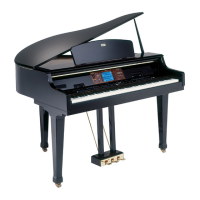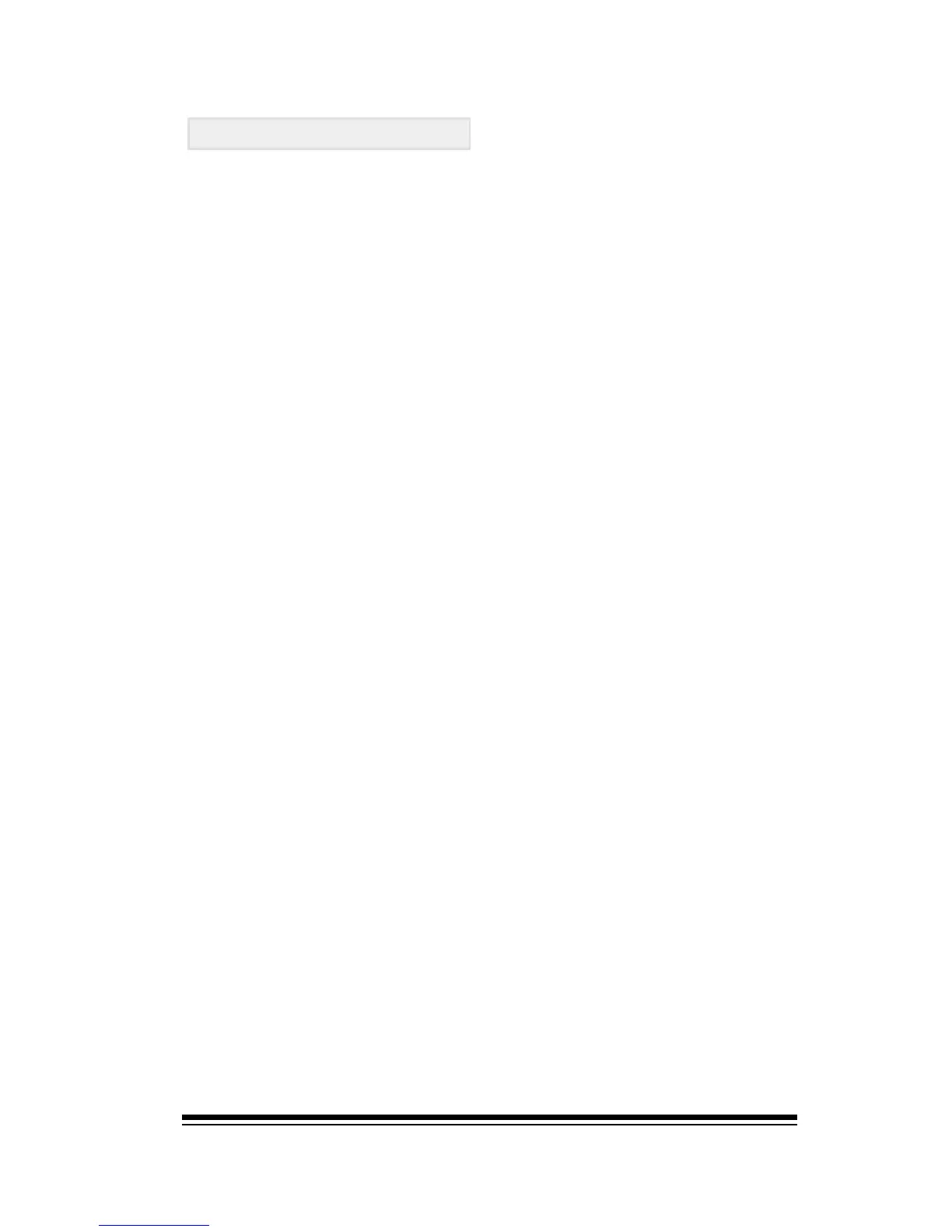Creating and Editing Styles
Page 41
How a style is made
A style is basically nothing more than a collection of very
short songs. These songs have different names like Intro,
Ending and Fill and each one is designed with a specific
purpose in mind.
These individual songs which make up a style are called
riffs. When you play the style, the system automatically
chooses different riffs according to what you do. If you
press FILL for example, it will play a fill riff. If you play a
minor chord it will play a minor riff and if you press ENDING
it will play an ending riff.
Each riff is comprised of 8 tracks and can be from 1 to 16
measures in length. The first track is always the drum track
and the second track is always the bass track. The other six
tracks can be used however you want.
A single style can contain up to 48 separate riffs. However,
you dont need to program 48 riffs to make a working style.
If the system finds that a particular riff is missing, it will
choose the closest existing riff instead. In most cases this
will produce acceptable results. To create a complete style
with 4 variations, the minimum number of riffs you must program
is 14. After this you can try playing your style and see whether
you need to program additional riffs to make it sound better.
A complete style must have 4 intros, 4 endings and 4 fills. It
also needs to have what we call the basic patterns which
are what you hear when youre playing normally without using
intros, endings and fills.
Since the style has 4 variations, you will need 4 basic patterns,
one for each variation. You can either program 4 separate
riffs or you can use a special tool called MASK which allows
you, for example, to program the basic riff for variation 4
and then mute certain instruments to create variation 3
automatically. In the same way, MASK can create a variation
1 pattern from the variation 2 that you create.

